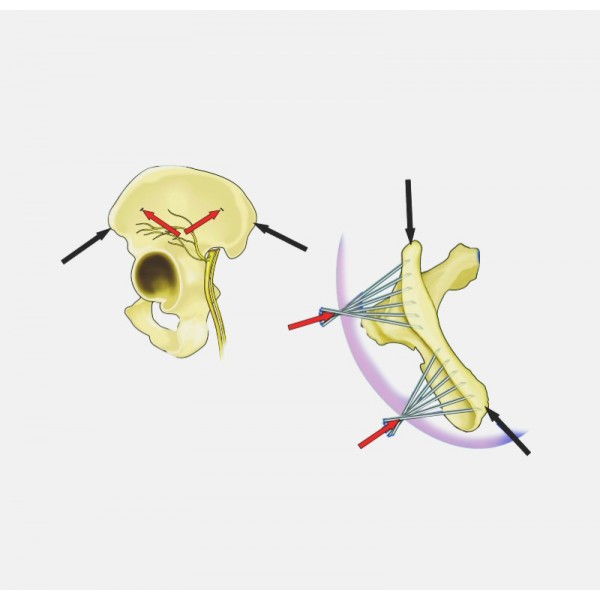Engineering Principles of Clinical Cell-Based Tissue Engineering
Segue un'anteprima del contenuto dell'articolo.
Per poterlo scaricare in versione completa e in formato PDF, aggiungilo al carrello e procedi all'ordine.
È richiesta la registrazione nel sito.
Current Concepts Review
BY GEORGE F. MUSCHLER, MD, CHIZU NAKAMOTO, MD, PHD, AND LINDA G. GRIFFITH, PHD
Investigation performed at the Departments of Orthopaedic Surgery and Biomedical Engineering, The Cleveland Clinic Foundation, Cleveland, Ohio, and the Departments of Biological Engineering and Mechanical Engineering, Massachusetts Institute of Technology, Cambridge, Massachusetts
- Tissue engineering is a rapidly evolving discipline that seeks to repair, replace, or regenerate specific tissues or organs by translating fundamental knowledge in physics, chemistry, and biology into practical and effective materials, devices, systems, and clinical strategies.
- Stem cells and progenitors that are capable of forming new tissue with one or more connective tissue phenotypes are available from many adult tissues and are defined as connective tissue progenitors. There are four major cell-based tissue-engineering strategies: (1) targeting local connective tissue progenitors where new tissue is desired, (2) transplanting autogenous connective tissue progenitors, (3) transplanting culture-expanded or modified connective tissue progenitors, and (4) transplanting fully formed tissue generated in vitro or in vivo.
- Stem cell function is controlled by changes in stem cell activation and self-renewal or by changes in the proliferation, migration, differentiation, or survival of the progeny of stem cell activation, the downstream progenitor cells.
- Three-dimensional porous scaffolds promote new tissue formation by providing a surface and void volume that promotes the attachment, migration, proliferation, and desired differentiation of connective tissue progenitors throughout the region where new tissue is needed. Critical variables in scaffold design and function include the bulk material or materials from which it is made, the three-dimensional architecture, the surface chemistry, the mechanical properties, the initial environment in the area of the scaffold, and the late scaffold environment, which is often determined by degradation characteristics.
- Local presentation or delivery of bioactive molecules can change the function of connective tissue progenitors (activation, proliferation, migration, differentiation, or survival) in a manner that results in new or enhanced local tissue formation.
- All cells require access to substrate molecules (oxygen, glucose, and amino acids). A balance between consumption and local delivery of these substrates is needed if cells are to survive. Transplanted cells are particularly vulnerable. Theoretical calculations can be used to explore the relationships among cell density, diffusion distance, and cell viability within a graft and to design improved strategies for transplantation of connective tissue progenitors.
- Rational strategies for tissue engineering seek to optimize new tissue formation through the logical selection of conditions that modulate the performance of connective tissue progenitors in a graft site to produce a desired tissue. This increasingly involves strategies that combine cells, matrices, inductive stimuli, and techniques that enhance the survival and performance of local or transplanted connective tissue progenitors.

